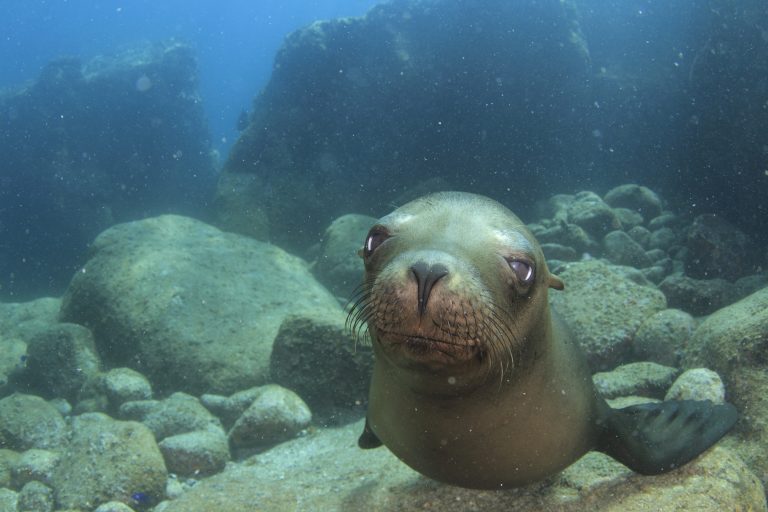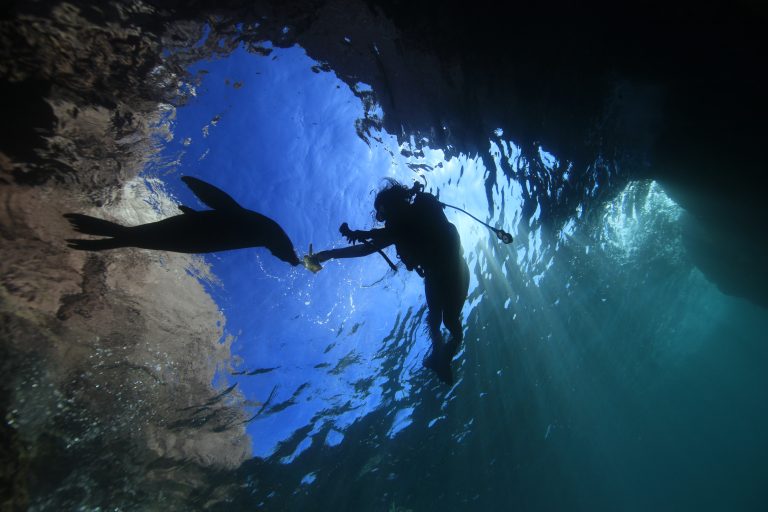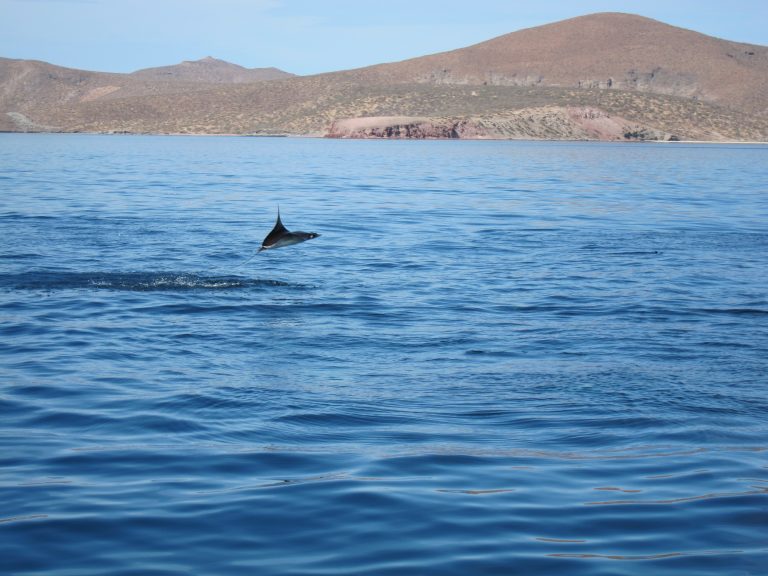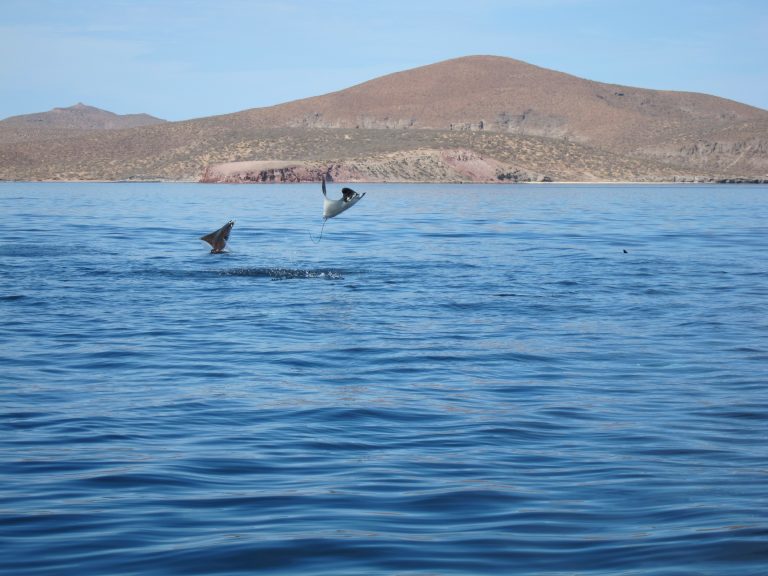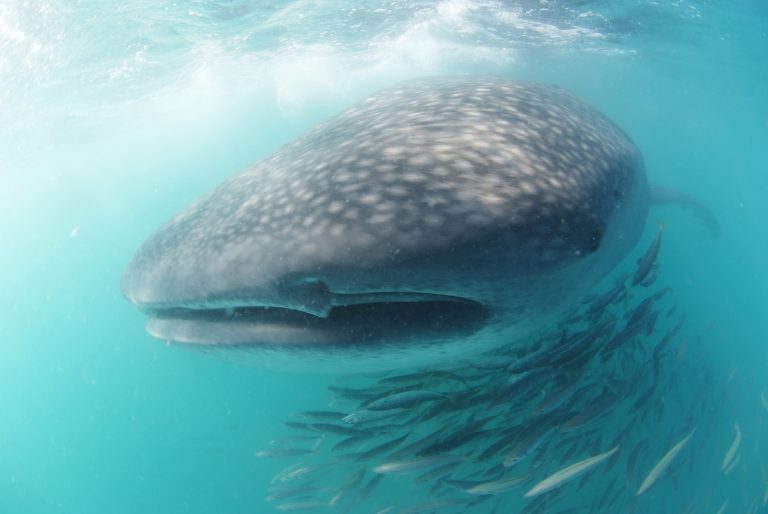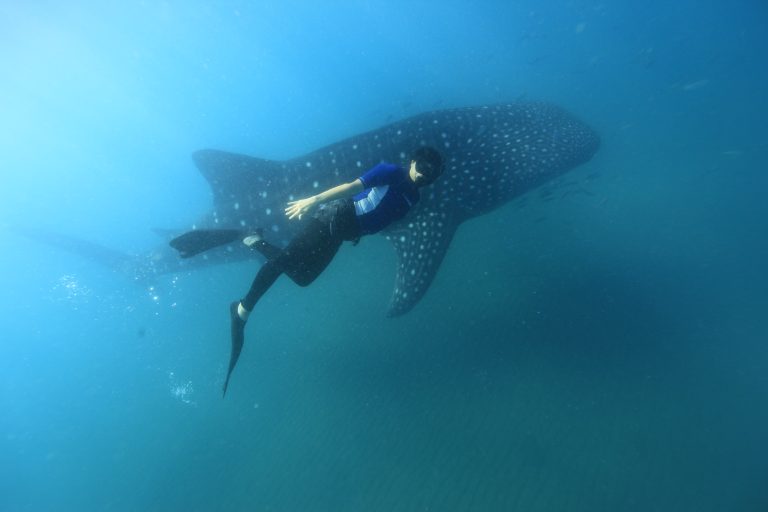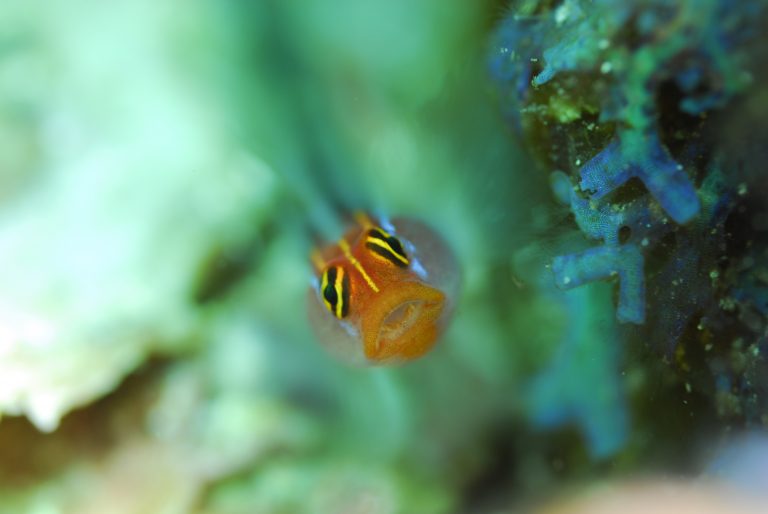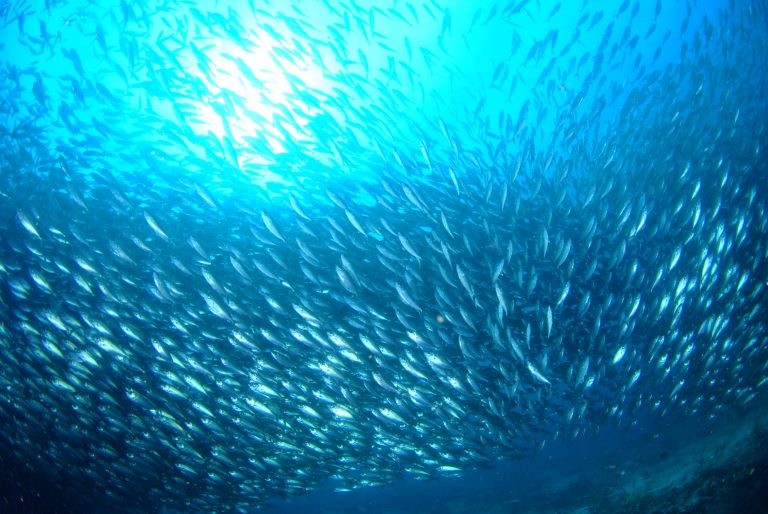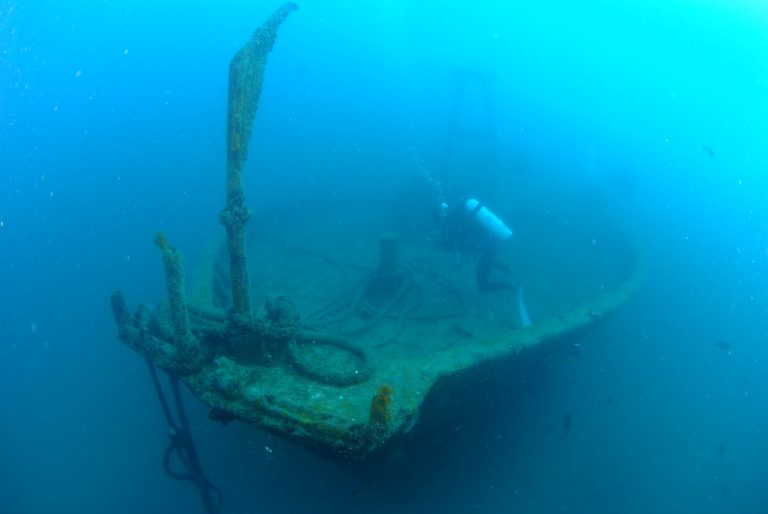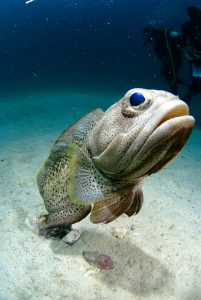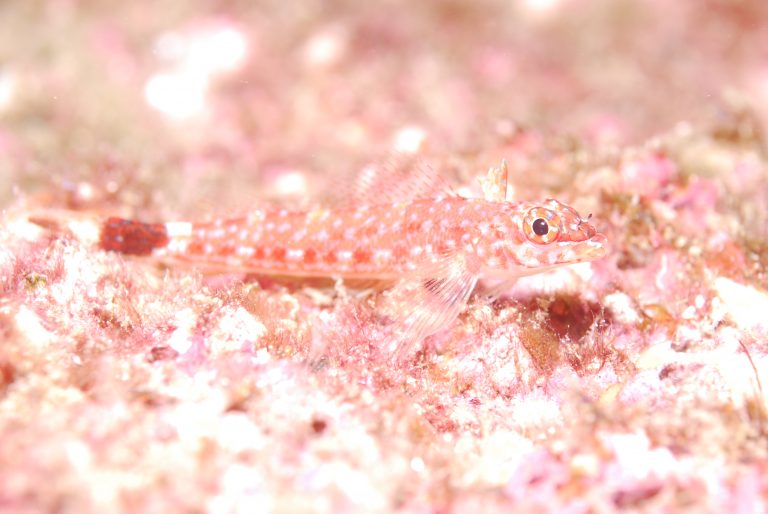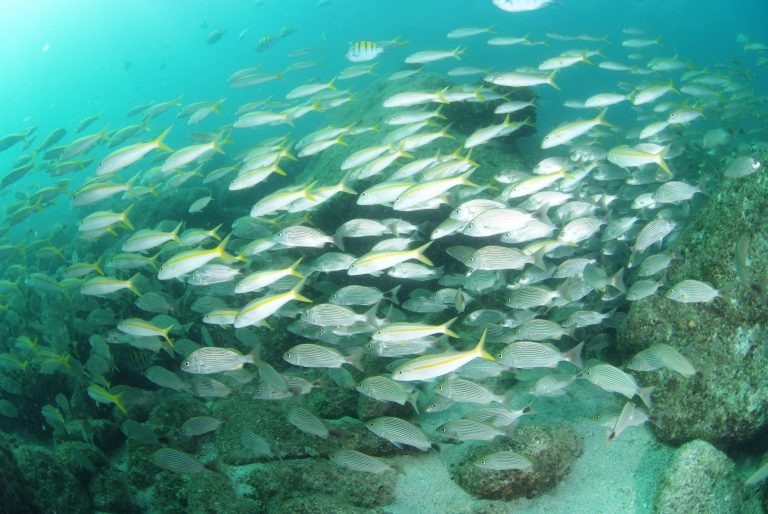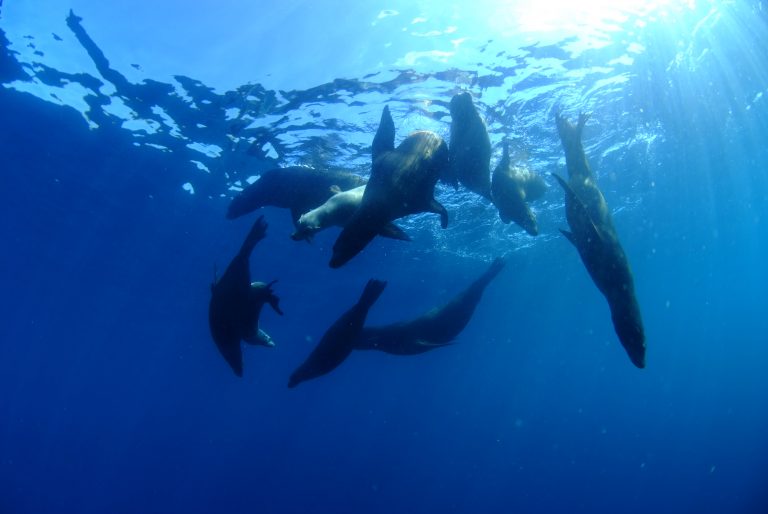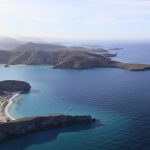
Mexico Sea of Cortez | 3 Tank Dive – 1 Day Trip

Dive in Sea of Cortez, Mexico
Baja California is a peninsula in northwestern Mexico, where coyotes live in the mountains and cactuses prevail in the reddish soil desert.
La Paz is the capital town of Baja California Sur state, located at the south end of the peninsula.
Enjoy reef fish, sea lions, manta rays, invertebrates, morays, garden eels, turtles, hammerhead sharks, whalesharks.
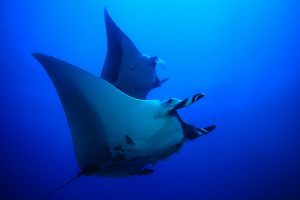
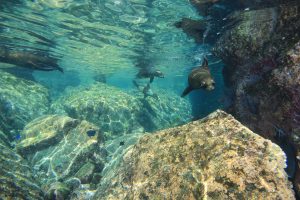
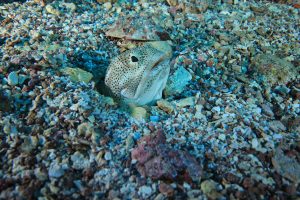
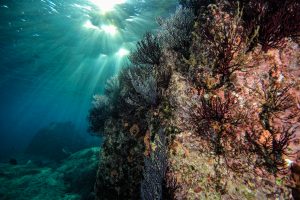
TRIP DETAIL
- Dive Service Provider:Fun Baja (Valentina Operator)
- This offer is limited to the guests on Valentina
- Max Occupancy: None
- Minimum divers required for the trip: 1 guest
- Non commissionable
Include:
- 16% IVA tax
- Round Trip Transfer from & to LaPaz Hotel
- Lunch Box (sandwitch & 1 bottle of water or a can of soda)
- Qualified Dive Guide
- Guided 3 Boat Diving
Exclude:
- Gratuity (10-15% of the trip fare)
- Rental Equipment
- National Park Fee: USD7 per day
Payment Policy:
Payment must be made to fun azul fleet reservation office by 30 days prior to liveaboard arrival
Cancellation Policy:
Cancellation must be made 1 month prior to liveaboard departure date to receive any refund
Itinerary (Duration 11Hours)
| 8:00AM | Hotel Pick Up |
| 8:30AM | Departure from Marina Palmira |
| 10:00AM | Arrive at dive site |
| 3 tank dives | |
| Lunch (time depends on dive site and dive schedule) | |
| 3:30PM | Back to LaPaz |
| 4:30PM | Arrive at Marina Palmira and transfer to Hotel |
Dive Site:
Diving points are all in the Sea of Cortez, in between the peninsula and Mexican mainland.
Notice:
Whaleshark: There is a regulation to protect whaleshark in the area. We cannot offer whaleshark search in the trip
Los Is Lotes: There is a regulation to protect sealion colony at los is lotes.
Los IsLotes
This is the diving point, where you can 100 percent encounter sea lions. The big rock that sticks out from the ocean is where the colony of over 400 sea lions live.
In addition to sea lions there are also unique fish you can expect to see.
At the south side of the rock, on the sand with a water depth about 46 to 60 ft, you can find giant Bluespotted Jawfish showing their faces from the sand. They have a fist-sized head. Also Mobula rays are sometimes passing by.
And you can expect other encounters of schools of migratory fish such as the Mexican Barracuda, when you come through the arch from south side to northeast side. Even whale sharks have been seen at this point!
During June and July, you can see the newborn sea lion babies on the rock.
It is very fun that young growing sea lions, which were born last year, go zipping around underwater surprising scuba divers. For your information, the newborn babies start playing with scuba divers underwater in the middle of September.
Their playroom is in the cave of the south side. They are so playful that they nibble divers’ fins and snorkels softly. Their big round eyes are very impressive. The babies are the most active during November to May.
Beside sea lions, this point is full of macro, such as Gobies and sea slugs. SARDINA (the school of sardines) is also one of the specialties here in Los Islotes.
El Bajo
El Bajo is well known to have hammerhead sharks, whale sharks and marlin. There are three seamounts and even the pinnacles of the reefs are still 59 to 72 ft of deep. Mostly we do drift dives here from one of the pinnacle to 98 ft aiming to see hammerhead sharks.
During diving here, you can be surrounded by hundreds of bonitos or skip jacks. Then a hundred of parent-child hammerhead sharks pass by you snaking their head and body! It is a thrilling experience!
Besides that, you can see marlin passing in front of you and whale sharks swimming passing you on the way to descent or ascent. “El Bajo” is captivating with so many gorgeous big-fish, it is so hard to take a break until you get back on board.
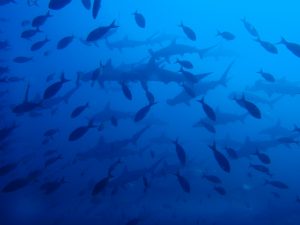
Punta Lobo
This is a famous point with Mobula rays. Groups of 20 are common and visible in many areas. The Mobula season starts from July.
During September and October, all these groups get together. The number can be thousands! In this season, when you go off shore from the entry point, you can see them packed from the surface to the bottom with very little space between.
And although you try hard very enough to proceed you never get out from the big school of Mobula rays. On the surface of the water, you can see the Mobula rays jumping around and rolling upside down.
Whale Island
This precipitous island looks like a whale. That’s the reason why it has the name. On the southwest side of the island there is a ship wreck and some caves lead to the north side. You can see many of seafans inside of the caves.
After you enjoy the feeling of exploration using your underwater light up in the cave, you are welcomed by Cortez angel fish around the exit area. Please watch your fins and guages when you pass through the caves not to bang and break these seafans.
La Paz Bay
Recently this point has become common place to find whale shark. We are offering “Whale shark serch program” on last day. NO diving. you can enjoy to swim with Whale shark.
Swannee Reef
There is an isolated reef in the white sand area. This is a fish paradise with many fish. You cannot see anything but a multitude of Mexican goatfish and Spottail grunt fish. Please do not get lost with your buddy because of these fish. On the other hand, you can see Signal blennies as famous macro photography site, you never get tired of watching them emit their back fin three times and go back into the hole. Don’t miss this photo opportunity!
You can also see schools of Skip jacks and Barracudas. Sea lions sometimes burst into the cluster. We recommend this area if you wish to scuba dive with ease.
Salvatierra Wreck
Water depth is about 65 ft. and there is a 262-ft-length ferry in almost complete condition. It has become a house of reef fish because it sunk on a channel where various fish pass by.
There are many Grunts and Angel fish who live here and each one is bigger than normal. Some scuba divers humorously take their picture when they sit on the toilet of the ferry.
El Corralito
Here, you can see very unique jawfishes. Each one is very bigger than normal you are thinking.
you should see and check with your eys how big these are !!
San Francisquito
This is a diving point that cannot be visited by day trips. Without much conflict for winning a territory, sealions here could be calmer and more relaxed.
Las Animas
A diving point only reachable by diving liveaboard trips.
Longnose hawkfish and giant diamond stingrays swimming around various kinds of sea fans.Big eye trevallies swirl around and hummber heads and sea tutles come around.



